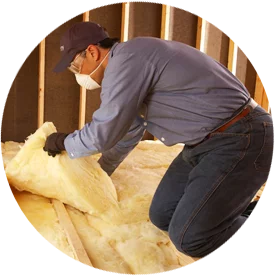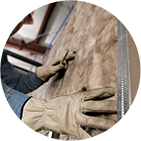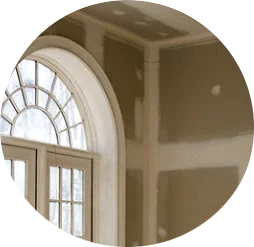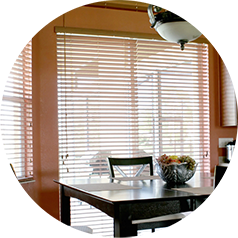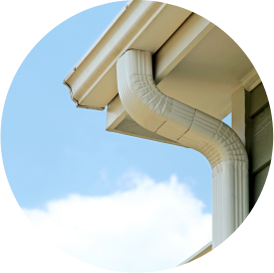How much do you know about your home’s insulation? If you haven’t specifically requested extra insulation in your new-construction home or haven’t had extra insulation installed upon purchasing an existing home, chances are you don’t have enough.
The North American Insulation Manufacturers Association estimates that 90% of U.S. homes are underinsulated because builders only plan to meet minimum amounts required by code. Let’s go over what you need to know about underinsulation and your home.
Signs Your Home Is Underinsulated
Considering how likely it is that your home lacks adequate insulation, how do you know when you need to add more? These five signs are good indicators you need to investigate your insulation options.
- Temperatures fluctuate throughout the home, so some rooms are significantly colder or warmer than others.
- Energy bills are high and rising steadily.
- Chilly drafts come in through poorly sealed windows and doors.
- Water leaks into the attic due to poor insulation.
- Mice, bugs and other critters enter your home through uninsulated cracks and crevices near doors and windows.
Any of these symptoms indicate it’s time to consider additional insulation. The longer you go with your current level of insulation, the worse these problems will become over time.
Areas You Need To Insulate
To minimize your energy bills and avoid all the other issues that come with underinsulation, you need insulation in the following areas.
- Unfinished attic spaces: Over and between floor joists, rafters and access door.
- Finished attic rooms: Between the studs of walls, between studs and rafters of exterior walls and roof, and ceilings under unconditioned spaces. Expanding insulation into the joist spaces will reduce drafts.
- Exterior walls: Between living spaces and unheated spaces, in foundation walls higher than ground level and in foundation walls of heated basements.
- Floors: Anywhere above unconditioned spaces, like garages and vented crawl spaces.
Any time a conditioned space connects via a wall to an unconditioned space, you need the barrier of insulation to keep heat in and cold air out.
Types of Insulation for Your Home
Whether you need attic insulation, wall insulation or both, you have several types to choose from. These are the three most common in residential buildings:
- Fiberglass is typically used for attics but also works in walls and crawl spaces.
- Cellulose is made of up to 85% recycled material, and its production requires less energy than other materials.
- Spray foam is ideal for sealing cracks, crevices and areas that are hard to reach.
- Rigid board is most commonly installed in new-construction buildings.
Don’t Wait To Insulate
Each day that goes by without proper insulation in your home, you’re losing money to energy inefficiency. If you want to get the proper level of insulation for the greatest home comfort and energy savings, call Hinkle Insulation & Drywall to learn about our expert services and top-of-the-line products.
Call (512) 523-5395 or contact us online today.





